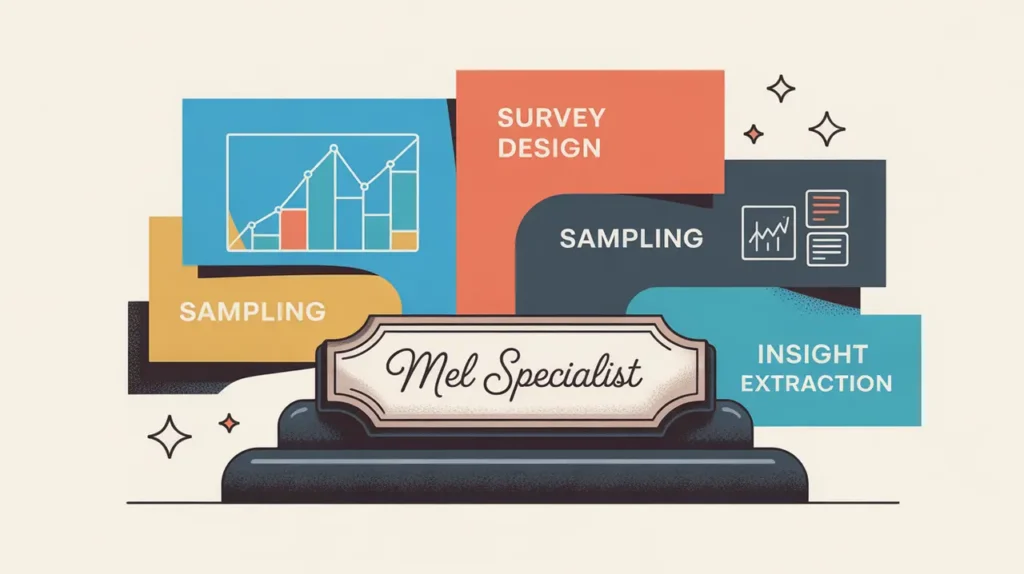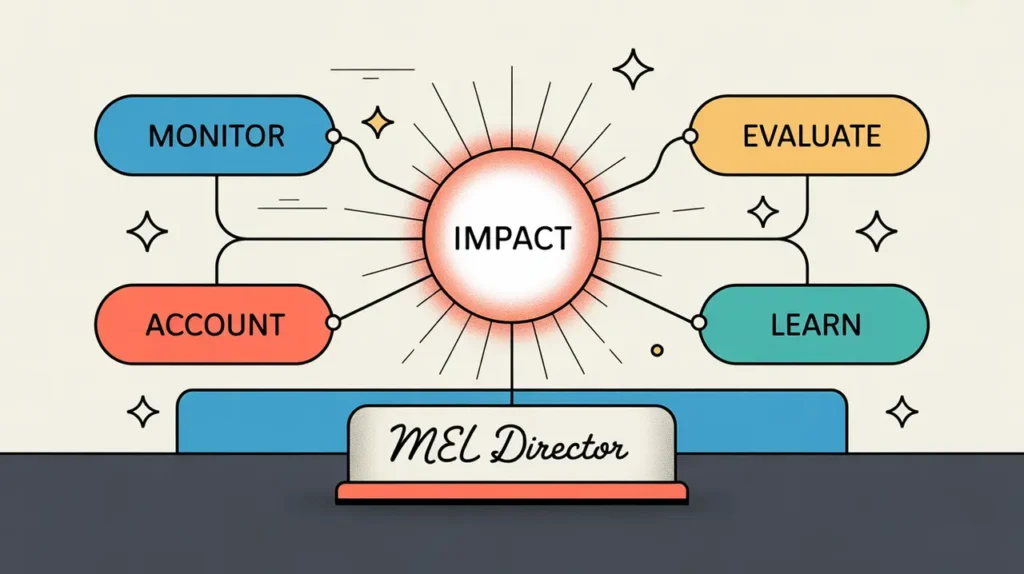What Does the Research Associate Role Involve?
A Research Associate is responsible for conducting and managing research activities that generate insights to inform program design, strategy, policy, or organizational learning. They lead components of research projects, apply methodological rigor, and synthesize findings into reports and recommendations. Their work often bridges technical research, program implementation, and stakeholder engagement, ensuring that evidence is both credible and actionable.
In nonprofits and social enterprises, Research Associates play a central role in producing high-quality evidence that shapes decision making, strengthens advocacy, and enhances the organization’s credibility with funders, partners, and communities.
At What Level does this Role Operate?
Mid Level: Research Associates typically operate with moderate autonomy, reporting to a Research Manager, MEL Lead, or Program Director. They are responsible for designing and executing specific research tasks, managing data collection, conducting analysis, and drafting research outputs. They may also supervise Research Assistants or coordinate external research partners.
Relative Employability: Research Associate roles are in steady demand across nonprofits, think tanks, academic institutions, foundations, and international development organizations. Their combination of analytical expertise and applied research experience makes them highly employable in evidence-driven fields.
Relative Pay Scale: Research Associates generally occupy the mid pay band, sitting above assistant roles but below specialist or managerial positions. Their compensation reflects their analytical responsibilities, technical expertise, and contributions to strategy and program development.
What are the Key Responsibilities and Activities?
- Design and execute research activities using appropriate quantitative, qualitative, or mixed methods
- Develop research tools such as surveys, interview guides, and data collection protocols
- Manage data collection processes, including training enumerators or coordinating field teams if required
- Analyze data using statistical, qualitative, or mixed-methods techniques
- Synthesize findings into reports, briefs, and presentations tailored for different audiences
- Support the integration of research findings into program design, strategy, and policy recommendations
- Ensure adherence to ethical standards, data quality protocols, and methodological rigor
- Supervise Research Assistants and provide quality assurance for their work
- Coordinate with external research partners, consultants, or academic collaborators
What Core Competencies and Qualifications are Needed?
Required Qualifications and Experience
The following reflect common qualifications and experience expected for this role, while recognizing that pathways may vary by context, organization, and region.
- Relevant academic background in social sciences, economics, public policy, education, or related fields (advanced degrees are often preferred)
- Several years of applied research experience in nonprofit, academic, or development settings
- Proficiency in research methods and tools, including statistical or qualitative analysis software (e.g., Stata, R, SPSS, NVivo)
- Experience designing data collection instruments and managing research workflows
- Strong written communication skills for translating evidence into accessible outputs
Key Competencies
- Methodological rigor and analytical depth
- Strong project management and coordination abilities
- Excellent written and oral communication skills
- Ability to synthesize complex information for diverse audiences
- Attention to detail and commitment to data quality
- Leadership and mentoring capabilities for junior research staff
- Capacity to work collaboratively across teams and disciplines
How are AI and Automation Shaping this Role?
An AI-native Research Associate can use AI to automate data cleaning, transcription, and literature reviews, as well as to support advanced statistical or qualitative analysis. AI tools can surface patterns in large datasets, generate preliminary findings, and support visualization. These capabilities allow associates to focus on research design, interpretation, and strategic application of evidence rather than repetitive technical tasks.
What Career Pathways and Transferable Skills are Associated with this Role?
Research Associates can progress to roles such as Research Manager, MEL Specialist, Policy Analyst, or Program Manager. Their skills in analysis, methodological design, and evidence translation are transferable to roles in strategy, evaluation, advocacy, and program leadership. Over time, they may lead research agendas, manage complex studies, or specialize in areas such as impact evaluation, policy research, or applied innovation.







